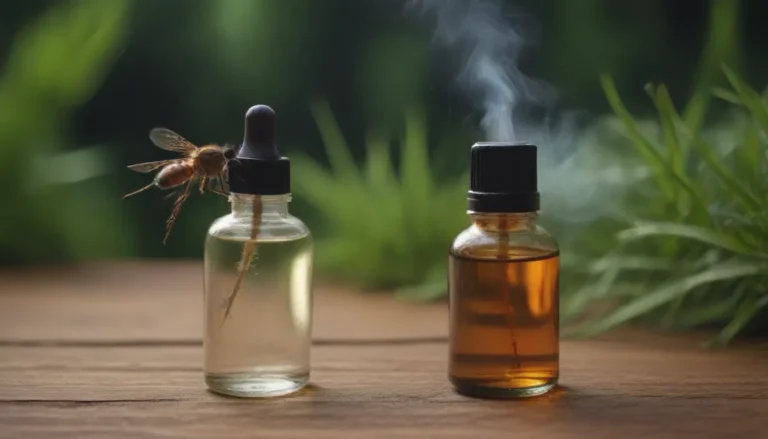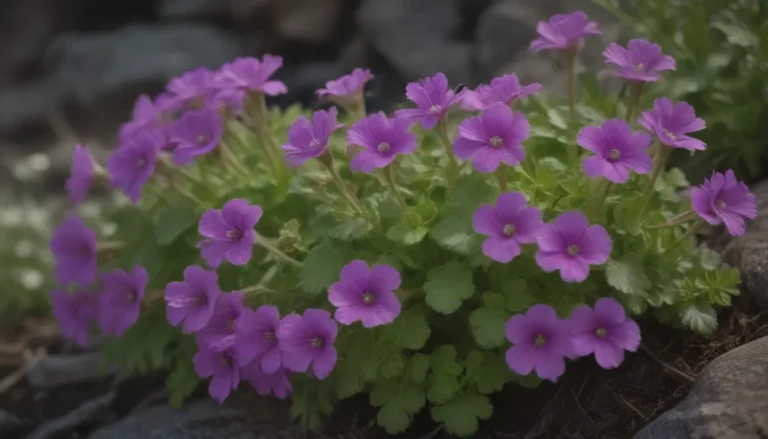The Ultimate Guide to Houseplants Safe for Dogs

Houseplants play a significant role in enhancing the aesthetic appeal of our homes. However, many houseplants can be toxic to our furry friends. As a responsible pet owner, it’s essential to be aware of the potential dangers certain houseplants can pose to our beloved dogs. In this comprehensive guide, we will explore popular houseplants that are toxic to dogs and provide valuable information on how to create a safe and pet-friendly environment in your home.
Understanding the Risks
While houseplants can add beauty and freshness to your living space, some varieties can be harmful to dogs if ingested. Dogs are naturally curious creatures and may explore and nibble on plants, putting them at risk of exposure to toxic substances. It’s crucial to be mindful of the plants you have in your home to ensure the safety and well-being of your canine companion.
Common Toxic Houseplants
- Fiddle Leaf Fig (Ficus lyrata)
-
Toxic Properties: Consuming fiddle leaf fig foliage can cause skin and gastrointestinal irritation in dogs.
-
Philodendron (Philodendron bipinnatifidum)
-
Toxic Properties: Ingesting philodendron can lead to oral irritation, swelling, vomiting, and breathing difficulties in dogs.
-
ZZ Plant (Zamioculcas zamiifolia)
-
Toxic Properties: Toxic to dogs and cats, ZZ plants can cause symptoms of calcium oxalate poisoning such as vomiting and diarrhea.
-
Aloe Vera (Aloe barbadensis miller)
-
Toxic Properties: While Aloe vera has medicinal benefits for humans, it can be toxic to dogs, leading to symptoms like lethargy, vomiting, and gastrointestinal issues.
-
Bird of Paradise (Strelitzia reginae)
-
Toxic Properties: Birds of Paradise plants can cause gastrointestinal irritation, nausea, vomiting, and drowsiness in dogs if ingested.
-
Dumb Cane (Dieffenbachia)
-
Toxic Properties: Ingesting dumb cane can result in oral irritation, swelling, excessive drooling, vomiting, and difficulty breathing in dogs.
-
Sago Palm (Cycas revoluta)
-
Toxic Properties: Extremely toxic to both humans and animals, Sago palms can cause liver failure, seizures, vomiting, and diarrhea in dogs.
-
Peace Lily (Spathiphyllum)
-
Toxic Properties: Peace lilies are poisonous to dogs and cats, causing irritation and vomiting if ingested.
-
Alocasia (Alocasia macrorrhizos)
- Toxic Properties: Alocasia plants contain calcium oxalate crystals that can lead to oral irritation, burning, swelling, vomiting, and breathing difficulties in dogs.
Safe Alternatives for Pet-Friendly Homes
Creating a pet-friendly environment in your home doesn’t mean you have to compromise on having beautiful houseplants. There are plenty of safe alternatives that you can incorporate into your living space without putting your dog at risk. Consider the following pet-friendly houseplants:
- Spider Plant (Chlorophytum comosum)
- Safe for dogs and cats
-
Non-toxic and easy to care for
-
Boston Fern (Nephrolepis exaltata)
- Safe for dogs and cats
-
Thrives in humid environments
-
Baby Rubber Plant (Peperomia obtusifolia)
- Safe for dogs and cats
-
Compact size and easy to maintain
-
Parlor Palm (Chamaedorea elegans)
- Safe for dogs and cats
- Adds a touch of elegance to any room
By choosing pet-friendly houseplants, you can enjoy a green and vibrant indoor space while keeping your furry friends safe and healthy.
Tips for Pet-Safe Plant Care
In addition to selecting non-toxic houseplants, there are several measures you can take to ensure a pet-safe environment for your dog:
-
Placement: Keep toxic plants out of reach of your dog or place them in areas that are inaccessible to pets.
-
Supervision: Monitor your dog’s behavior around houseplants and discourage them from nibbling on leaves or soil.
-
Training: Train your dog to avoid houseplants through positive reinforcement and redirection techniques.
-
Consultation: If you suspect your dog has ingested a toxic plant, seek immediate veterinary care for proper diagnosis and treatment.
Conclusion
While it’s essential to be mindful of the houseplants you have in your home, it doesn’t mean you have to sacrifice a green and lush indoor environment. By choosing pet-friendly plants and taking proactive measures to create a safe space for your dog, you can enjoy the beauty of houseplants without compromising your pet’s well-being. Remember, a healthy and happy home is one where both plants and pets can thrive together harmoniously. So, go ahead and fill your home with an array of safe and pet-friendly houseplants to create a relaxing and inviting atmosphere for you and your furry companion.




